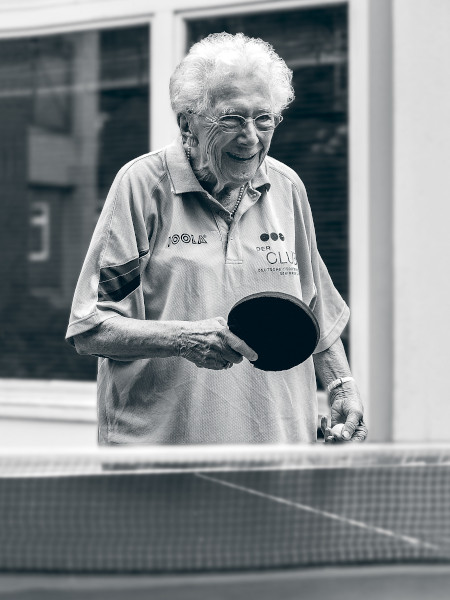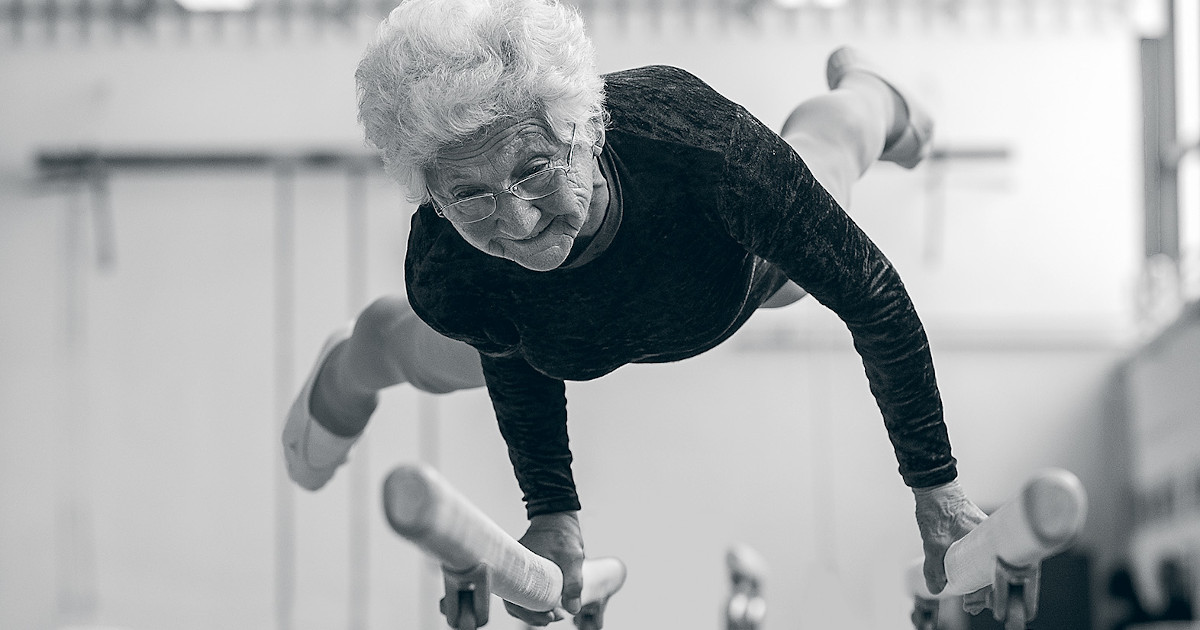How to improve movement in old age
Getting out of a chair and going to the bathroom: What are casual, unconscious routines for healthy people can challenge elders. The reason is increasing immobility. With increasing age and decreasing mobility, the focus should therefore be on mobilizing seniors and thus maintaining or even improving movement in the long term. And it should be tailored to the individual person.
Mobilization and independent living go hand in hand. After all, those who are physically fit can carry out everyday tasks in their familiar surroundings for a long time. However, mobilization does not only refer to physical support. In addition to maintaining and improving the musculoskeletal system, mobilization also aims to strengthen self-esteem. Seniors can remain physically and mentally fit through supportive measures such as movement exercises as well as adapted surroundings and technical aids.
Exercise: Targeted promotion of muscle groups
The priority with increasing age should be to keep the body healthy and fit. Regular exercise can promote specific muscle groups. This starts with small exercises: For example, if a caregiver helps a bedridden resident get out of bed, she can motivate him to rock and stomp. This gets the cardiovascular system going and activates muscle cords that are important for everyday life. Specific exercises through classes or visits to occupational therapy are also recommended. There, seniors learn to integrate routines such as combing their hair into exercises. The sessions, which usually last an hour, are tailored to the individual and benefit the mind as well as the body.

Inge-Brigitte Hermann (Portrait calendar Hommage to Life 2015)
Adapting the environment: eliminating stumbling hazards
Adaptations in the living space make all the difference and ensure independent living for older individuals. It’s a good idea to eliminate tripping hazards, such as rugs and cables, to prevent dangerous falls. About 30 percent of homebound seniors 65 and older fall at least once a year. Of those over 80, it’s more than 40 percent, according to the medical journal. „In nursing homes, even more than half of residents fall at least once a year,“ according to the medical journal’s medical report. The result is fractures from which people have difficulty recovering. Experts can be consulted to detect tripping hazards.
Occupational therapists, for example, can assess the environment with relatives and those affected and take suitable precautions. In facilities for the elderly, facility managers or nursing staff can provide advice. A general must for fall prevention are lamps with motion detectors for the night, free and wide walkways for rollator users and non-slip floors. In addition, an adapted environment for a person in need of care also includes ensuring that technical aids – from rollators, bathtub lifts and walking sticks to care beds – are available and adjusted to the user. „Make sure that everything that is needed is easily accessible. For example, clothing and drinks or aids, such as glasses and the rollator,“ reads the Center for Quality in Care.
Technical aids: Remaining independent with care bed and co.
Whether it’s getting out of bed, going out into the garden or washing by yourself: The use of technical aids makes it possible for seniors to cope with everyday life on their own. They can help them maintain their quality of life. Rollators and walking sticks, for example, enable active participation in everyday life on foot. And fittings for holding on make it easy to get out of bed or the bathtub. Choosing the right care bed can also be crucial. For example, particularly low beds with flexible side rails, such as the sentida sc from wissner-bosserhoff, prevent falls from the bed at night by making it possible to „slide out“ of bed in the morning.
Additional technical gadgets, such as the SafeSense® 3 digital care assistant, can help relatives or caregivers keep an eye on bedridden seniors, even from a distance. „SafeSense® 3 consists of a completely non-contact sensor pad that is positioned under the mattress and detects the smallest pressure changes in real time,“ reads the product page. The digital care assistant thus delivers health data and movement profiles of the person in need of care to the caregiver’s smartphone, tablet and the like. The system also sends signals when the patient gets up and lies down, which can prevent falls from the bed or detect them at an early stage.
Which aids make sense for the individual should be discussed by relatives or care professionals with the person affected. Instruction should then be given in each assistive tool. Only individually adjusted aids that the user can also handle are an asset for life in old age.


